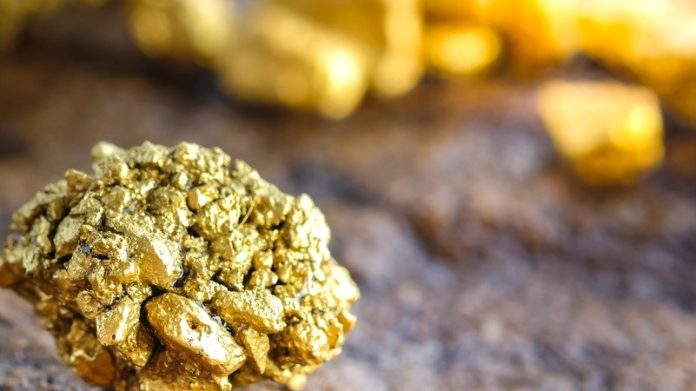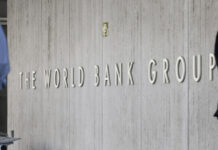
SOUTH African gold shares were heavily affected by the South African government’s declaration of national disaster on Sunday following the proliferation of the COVID-19 virus in the country.
At the close of the Johannesburg Stock Exchange, the gold index was 7.4% lower with losses sustained by Gold Fields (down 6.6%), Harmony Gold (-9.8%); AngloGold Ashanti (-8.8%) and Sibanye-Stillwater which shed 10.8%.
Sibanye-Stillwater, which is also the world’s largest producer of platinum group metals (PGMs), saw the value of PGMs – which have significant industrial applications – heavily sold down: the price of platinum was 15% lower at some $647,40/oz at one point in the day, whilst the previously high-flying price of palladium weakened as much as 13.38%.
Shares in Anglo American Platinum (Amplats) and Impala Platinum, the next largest PGM producers, closed down 11.6% and 18.7% respectively. Shares in Northam Platinum were also heavily affected, trading down 18.7% on the JSE.
Anglo American, which controls Amplats and Kumba Iron Ore (down only just over 1%), was 7.9% weaker on the day having sustained heavy losses last week.
The liquidations were part of a comprehensive, dramatic exit by investors across all sectors of the JSE. The FTSE/JSE Africa All-Share Index sank 7.6% today.
South African president Cyril Ramaphosa described a number of measures aimed at curbing the spread of the COVID-19 virus including travel bans, especially on public transport including buses and taxis.
“We have been working on an action plan for several weeks now and we’ll be ready to say something about it shortly,” said James Wellsted, spokesman for Sibanye-Stillwater.
The concern is that an outbreak of COVID-19 could result in potential mine closures or sections of mines. “There could be consequences from infections but we can’t go into that now. We will come out with a full plan,” said Wellsted.
“Our healthcare and HR teams are on top of any possible outbreak and we have increased our communication and preventative efforts throughout the organisation,” said Marian van der Walt, a spokeswoman for Harmony Gold.
The company was cooperating with other mining companies on “regionalisation/synergies” such as quarantine facilities. “Our plans are fluid and are updated in line with the development and the changes in the status of the pandemic in South Africa,” she said.
Sven Lunsche, spokesman for Gold Fields, said the company would issue mine specific information as part of a Minerals Council South Africa release later today. “But we have had travel bans in place for the last 10 days. The big question is what happens if we have an infection at the mine,” he said, referring to Gold Fields’ South Deep mine.
Weakness in local gold counters was despite evidence that the gold price was staging a comeback following last week’s mauling.
Gold would “grind its way back” to $1,600 per ounce after falling the most since 1983 last week – a function of investors raising cash to cover losses in other markets amid COVID-19 panic and a lower oil price.
A stronger dollar also lessened the appeal of gold, but measures by the US Federal Reserve over the weekend to lower interests rates to nearly zero and set about other liquidity-boosting measures is likely to set gold back on its upward trajectory, said Bloomberg News.
“Gold is slowly getting its groove back,” Edward Moya, a senior market analyst at Oanda Corp., said in a note cited by the news agency.
“Prices will ultimately benefit from all this global monetary and fiscal stimulus. Gold should grind its way back above $1,600 an ounce after we see all the other central banks ramp up their efforts this week.”
However, gold weakened again, falling nearly 4.47% to $1,461.09 per ounce. In rand terms, the price was 1.43% weaker at R779,775.19 per kilogram.










